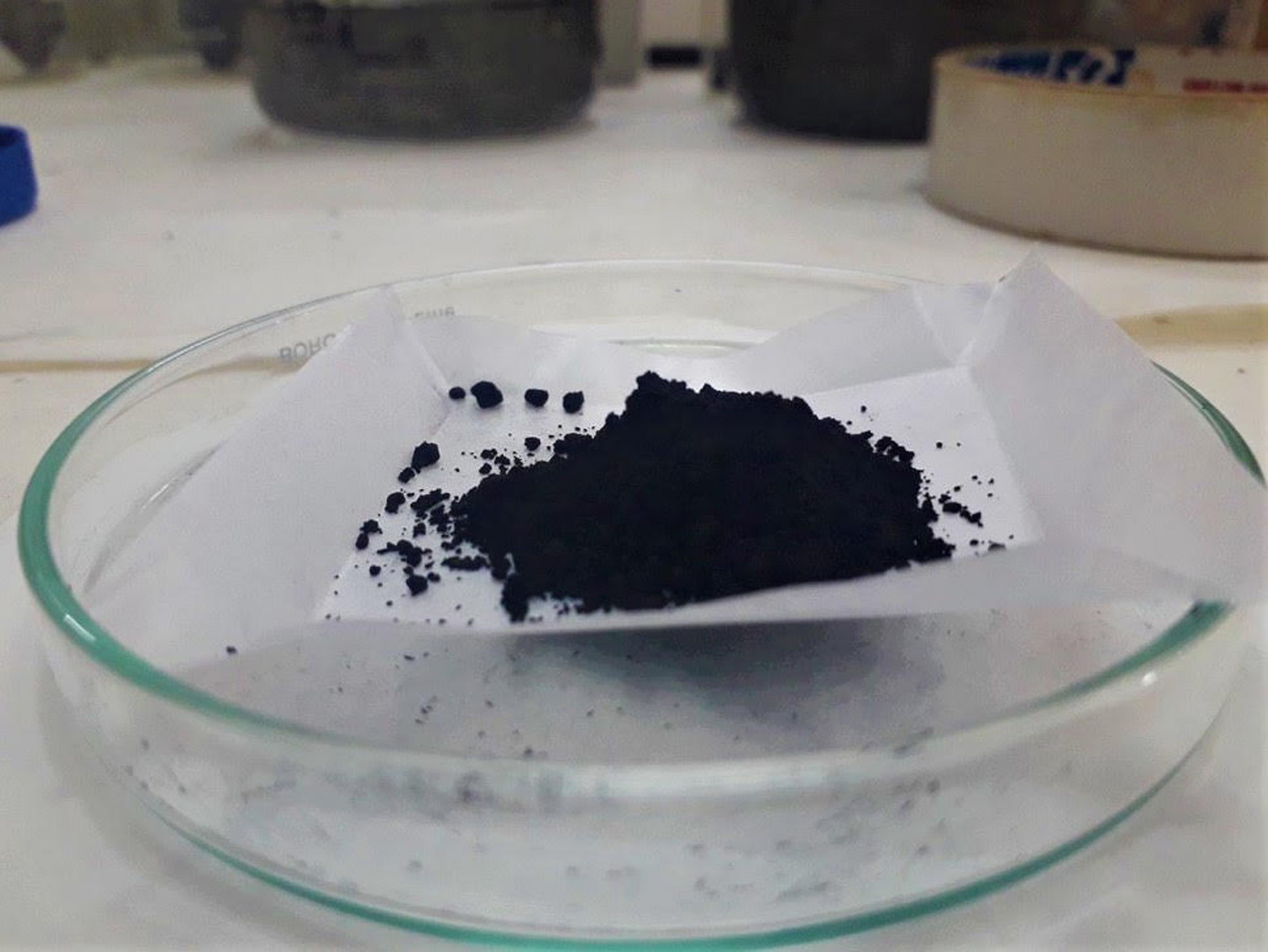NTU-led team uncovers way to use tamarind shells to conduct electricity
SINGAPORE – Tamarind is a tropical fruit that is typically used to heighten flavour in sweet and savoury dishes.
And while tamarind shells are usually discarded during food production, they could be used to conduct and store electricity in the future.
An international research team, led by Nanyang Technological University (NTU), has found a way to convert tamarind shells into extremely thin carbon sheets that can conduct electricity in energy storage devices for vehicles and lifts.
The team includes scientists from Western Norway University of Applied Sciences (HVL) in Norway and Alagappa University in India.
Tamarind shells are rich in carbon and porous in nature, and this makes them an ideal material with which to make conductive sheets.
Professor Dhayalan Velauthapillai, head of the research group for Advanced Nanomaterials for Clean Energy and Health Applications at HVL, who participated in the study, said the porous structure makes for a large surface area, which helps the material to store sizeable amounts of electricity.
Assistant Professor Steve Cuong Dang, from NTU’s School of Electrical and Electronic Engineering, who led the study, said: “The performance of our tamarind shell-derived nanosheets was comparable to their industrially made counterparts in terms of porous structure and electrochemical properties.”
Fibres harvested from the industrial hemp plant are another material commonly used to produce the carbon sheets.
Able to conduct heat and electricity well and withstand high temperatures, tamarind-shell carbon sheets can be an eco-friendly alternative to their industrially produced counterparts, as they are rescued from ending up in landfills.
Professor G. Ravi, head of the department of physics at Alagappa University, said: “The use of tamarind shells may reduce the amount of space required for landfills, especially in regions in Asia such as India.”
He added that India, one of the world’s largest producers of tamarind, is grappling with waste disposal issues.
Prof Ravi co-authored the study with Assistant Professor R. Yuvakkumar, who is also from Alagappa University.
Professor William Chen, director of NTU’s Food Science and Technology Programme, who was not involved in the study, told The Straits Times that repurposing tamarind shells could also help to reduce other environmental problems. As fruit and vegetable waste decomposes in landfills, they emit harmful greenhouse gases, he said.
To make the carbon sheets, tamarind shells are washed and then dried at 100 deg C for around six hours, before being ground into powder.
The powder is baked in a furnace for 150 minutes at 700-900 deg C in the absence of oxygen, and this converts it into the carbon sheets.
The team is working on reducing the energy needed for this process, to make it more environmentally friendly.
PHOTO: NTU
However, to conduct and store energy to run just one car, Prof Dang said a few hundred kilograms of tamarind shells would be required.
As a lot of raw material is needed, the team wants to explore using other types of fruit skins or shells – such as coconut shells – to produce the carbon sheets.
The scientists hope to work with agricultural partners to produce the carbon sheets on a larger scale.
Speaking to reporters at a briefing last Wednesday (July 14), Prof Dang said it would take several years for the carbon sheets made from tamarind shells to be commercialised.
Join ST’s Telegram channel here and get the latest breaking news delivered to you.
Source: Read Full Article




